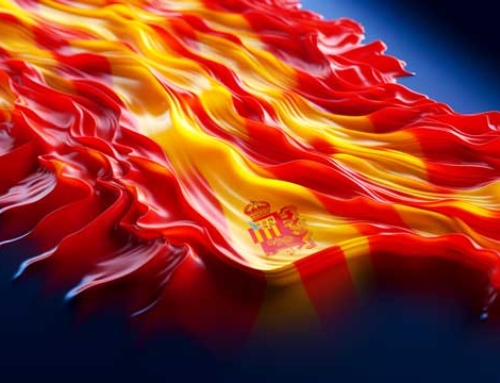Image: Eva De Bleeker – Belgian State Secretary for Consumer Affairs – source: OpenVLD
Today, the distinction between a natural and a synthetic diamond can only be determined in a lab. But the price difference between the two is enormous. Yet there is no legal framework that obliges jewelers to provide consumers with correct information about their purchases. Belgian State Secretary for Consumer Affairs Eva De Bleeker therefore wants to sharpen that framework in cooperation with the sector.
“Until five years ago, there was still a visual difference between a natural and a synthetic diamond,” says Elke D’haenens, account manager of the Hoge Raad voor Diamant. “Today, the technology has evolved to the point where the distinction can only be made in a laboratory by checking the molecular structure.”
However, synthetic or ‘lab grown’ diamonds have barely 30% of the value of natural diamonds. This should not be surprising. It takes the earth millions of years to form a rough diamond. Such a stone is created up to 200 kilometers below the surface of the earth by pure carbon crystallizing under great pressure and at extremely high temperatures. In lab grown diamonds, that natural process is mimicked in a laboratory. Instead of taking millions of years, it takes barely twelve weeks. Then a lab grown diamond is ready to be cut.
The problem, however, is that consumers don’t always know exactly which of the two they are buying. Misleading terms are used. Or a mixture of lab grown and natural diamonds are used when creating a jewel with multiple stones. Jewelers are also not required to communicate that information to the customer. “We now want to work out a system that ensures that the consumer receives accurate information about his or her purchase. For example, by introducing a certificate that clearly states what type of diamond it is,” said Belgian State Secretary for Consumer Affairs Eva De Bleeker (Open Vld). “I think all the bona fide actors in the sector are in favor of this. B2B (Business to Business), by the way, that legal framework already exists. But in the connection from jeweler to consumer it does not.”
A growing market
Knowing what you’re buying is what it’s all about. Because there are indeed customers who felt cheated afterwards, D’Haenens knows. “They can then go to the police office here in the building of the Antwerp World Diamond Centre. Moreover, anyone can have a diamond checked by the Hoge Raad voor Diamant.”
There, lab technicians check some four hundred to five hundred diamonds every day. “They determine the value of a diamond based on the four C’s: the carat weight, the color, the clarity and the cut. The latter is about the proportions of the diamond that determine how beautiful its brilliance is.” That lab also determines whether the diamond is natural or synthetic. “Anyone who has a diamond checked with us will receive a certificate afterwards that lists the value of the four Cs. If it is a natural diamond, then that certificate is blue, for lab grown diamonds it is a yellow certificate.” D’Haenens advises consumers to have this check done even before buying a diamond. “If the jeweler refuses, then you know immediately that all is not right,” spokesman for the AWDC Tom Neys also says.
Kimberley Certification
Today, 3 to 5% of diamonds sold are synthetic, Neys said. “It’s a growing market but most people still prefer natural diamonds because of the symbolism and value.”
Neys contradicts the argument that synthetic diamonds are a more sustainable and ethical product than natural diamonds. “In recent years, our industry has worked hard to evolve towards a sustainable business model. Diamond companies invest a large chunk of their revenues in the diamond’s countries of origin. Many of these countries are economically dependent on diamond production and with that money they manage to diversify their economy. Moreover, only Kimberley-certified diamonds may be sold in Antwerp (the Kimberley Process was established in 2003 to keep conflict diamonds out of the mainstream diamond market worldwide). On top of that, synthetic diamonds are often manufactured in factories in China throughout a production process that requires an awful lot of polluting energy.“







